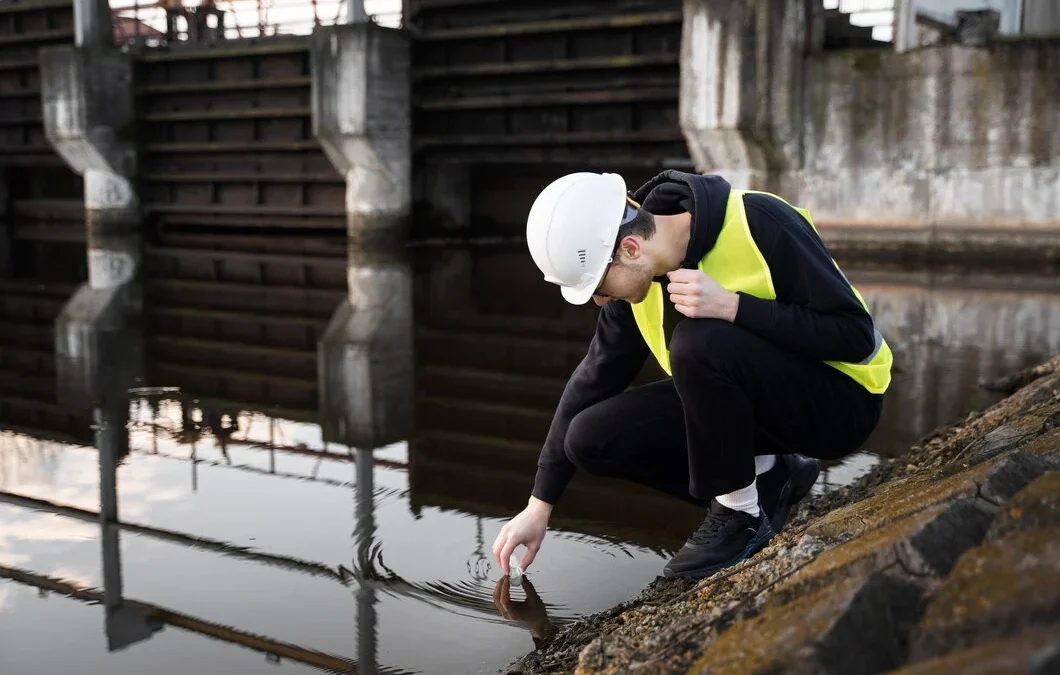Managing waste effectively is crucial for maintaining a clean and safe environment. One important tool in this effort is the sewage lifting station. These stations play a vital role in ensuring that waste is transported efficiently, especially in areas where gravity alone cannot do the job. Sewage lifting stations are designed to lift wastewater from lower to higher elevations, helping it move seamlessly through the sewage system.
A sewage lifting station comprises a collection tank, a submersible pump, and control equipment. The wastewater collects in the tank until it reaches a certain level, triggering the pump to lift the waste to a higher elevation, where it can continue its journey to the sewage treatment plant. This system is essential for areas with uneven terrain or where buildings are located below the main sewage line.
Understanding how sewage lifting stations work and their importance in waste management is key to making informed decisions about their installation and maintenance. Whether you are managing a commercial facility, a residential complex, or an industrial site, grasping the benefits and functions of these stations will help ensure your waste management system runs smoothly and efficiently.
Common Problems in Pumping Stations and How to Identify Them
Pumping stations can encounter several issues that disrupt their performance. One common problem is clogging, which usually occurs when debris accumulates in the pump or piping system. Signs of clogging include reduced water flow and unusual noises from the pump. Identifying these symptoms early can prevent severe damage and costly repairs.
Another frequent issue is pump wear and tear. Over time, components like impellers and seals can degrade, leading to inefficiencies. Look for signs such as decreased pump efficiency, increased energy consumption, and leaking seals. By performing regular inspections, we can catch and address wear before it causes significant problems.
Step-by-Step Guide to Basic Pumping Station Repairs
Addressing basic pumping station repairs involves several steps. First, turn off the power supply to ensure safety. Next, inspect the pump and identify the problem. For clogging, remove the debris carefully from the pump and piping system. Using specialised tools like pipe cleaners and pressure washers can help clear blockages effectively.
For wear and tear, replace worn components such as seals and impellers. Ensure you have the right replacement parts specific to your pump model. After replacing the parts, reassemble the pump and check for proper alignment. Turn the power back on and run a test to ensure everything operates smoothly. Regular maintenance and prompt repairs can keep your pumping station running efficiently.
Factors to Consider When Installing a Sewage Lifting Station
When planning to install a sewage lifting station, several critical factors must be considered to ensure optimal performance. Here are some key considerations:
- Location and Site Assessment: The location of the station should be strategically chosen based on the area’s topography and the sewage system layout. It’s important to ensure that the site allows for easy access for maintenance and inspections. A thorough site assessment identifies potential challenges such as flooding risks or proximity to buildings.
- Pump Selection: Choosing the right pump is crucial for system efficiency. Factors such as the required flow rate, head (height the pump needs to lift the sewage), and the nature of the wastewater (including solids content) must be evaluated. A pump that matches these requirements will ensure smooth operation and longevity.
- Control Systems: Advanced control systems enhance the functionality of sewage lifting stations by automating operations. These controls include level sensors, alarms, and remote monitoring systems. Ensuring the station has a reliable control system can help in early detection of issues, minimising downtime.
- Compliance with Regulations: Adhering to local and national regulations is essential to avoid legal complications. Regular consultation with regulatory bodies ensures that the installation meets all necessary standards and environmental guidelines.
Tips for Maintaining Your Sewage Lifting Station
Maintaining a sewage lifting station is vital for its longevity and efficient operation. Here are some essential maintenance tips:
- Regular Inspection and Cleaning: Schedule regular inspections to check the pump’s condition, float switches, and control panels. Cleaning the collection tank and removing any built-up debris can prevent pump clogging and ensure smooth operation.
- Monitor Pump Performance: Keep an eye on the pump’s performance metrics such as flow rate and head levels. Any significant deviation might indicate a problem. Regularly testing the pumps under different conditions ensures they can handle variable loads efficiently.
- Check Electrical Components: Inspect electrical connections and control panels for wear and tear. Ensure that the electrical systems are dry and sealed to prevent short circuits and other electrical issues.
- Lubricate Moving Parts: Regular lubrication of moving parts reduces friction and wear, extending the pump’s lifespan. Always use the manufacturer’s recommended lubricants and follow their guidelines.
- Emergency Preparedness: Have a contingency plan in place for emergencies such as power outages or pump failures. This plan might include backup power supplies and spare parts.
How Sewage Lifting Stations Enhance Waste Management
Sewage lifting stations are essential for efficient waste management, especially in areas where gravity alone is insufficient. By understanding how these stations work and their benefits, we can appreciate their importance in keeping our environments clean and safe. Careful consideration during installation and diligent maintenance practices ensure that sewage lifting stations operate effectively and reliably over their lifespan.
Properly installed and maintained lifting stations minimise disruptions and help prevent environmental hazards. By following the tips and guidelines outlined in this article, we can ensure our sewage systems function smoothly, safeguarding public health and the environment.
For expert advice and professional services related to sewage lifting stations, contact A&C Pumps Ltd today. Our experienced team is ready to assist you with all your sewage management needs!

